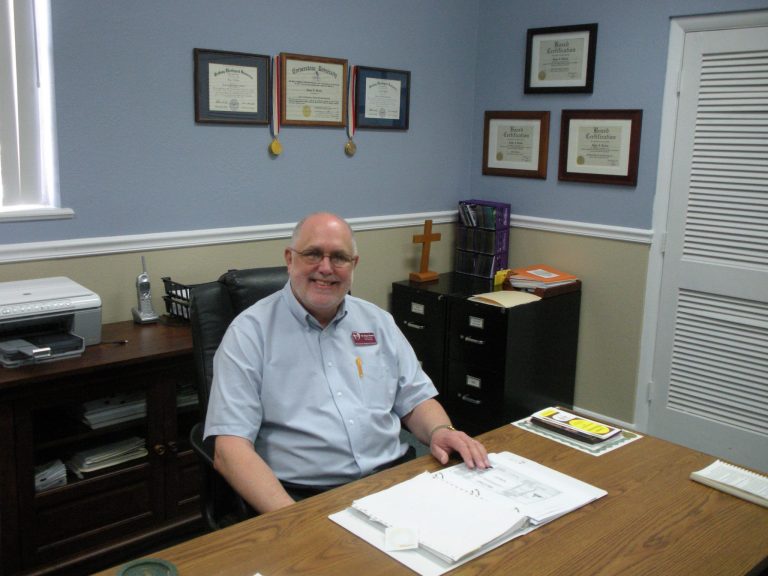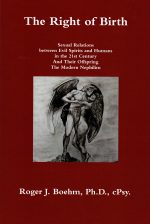A Cave? While traditionally Jesus’ birthplace is said to be a stable, many think that Jesus might have been born in a cave. There are historical records to suggest that during the first-century animals were also kept in caves. Again, the Bible does not tell what type of building sheltered Mary, Joseph, and Jesus. It only tells that Jesus was laid in a manger.
The Inn? But what about Luke 2:7? That verse says they went to an inn not the home of a relative. Luke 2:7 And she gave birth to her firstborn son; and she wrapped him in cloth, and laid him in a manger; because there was no room for them in the inn.
We assume that the English word “inn” used in Luke 2:7 refers to paid lodging, but could it refer to something else? Could it be the home of a relative? The English word “inn” is a translation from the Greek word kataluma. Kataluma is defined by Strong’s Dictionary as: from G2647; prop. a dissolution (breaking up of a journey, i.e. (by impl.) a lodging-place:–guestchamber, inn.
This clearly tells us the meaning of the word kataluma, used in Luke 2. It is a place of rest, lodging, or guest quarters. It does not speak of lodging in a public place or of paid accommodations. We should also note that there is no mention of Mary and Joseph being turned-away by an innkeeper in the biblical narrative. The innkeeper is an addition, often portrayed in nativity plays. We can agree that the innkeeper is theatrical license. Suggesting an innkeeper is actually adding to what the biblical text says.
The Guest Chamber? The word kataluma is also used in Luke 22. In this verse we find it translated using a different word: Luke 22:11 And you shall say to the owner of the house; The Teacher says to you, “Where is the guest room, in which I may eat the Passover with My disciples?
Remember, 1st Century Jewish Home: Upper Room Guest Chamber; Lower Level for Sheltering Animals.
Here “kataluma” is translated as “guest room.” This guest chamber is further described in the next verse as a “large furnished upper room.” This is a reference to an upper room in a house.
Luke 22:12 And he will show you a large furnished upper room: there make ready.
Mark 14:14 also makes reference to a guest chamber. These passages in Luke 22 and Mark 14 both speak of the upper room in which Jesus ate His last supper with His disciples on the night in which He was betrayed. This room was not rented, it was an upper room, a guest chamber, a kataluma, in the house of a friend. It was not an “inn” as we would think of paid lodging or accommodations.
What is an Inn? We find the word “Inn” used in the parable of the Good Samaritan. In the context of those passages, it clearly indicates paid lodging. However, it is a translation from a completely different Greek word.
Luke 10:34 And [the Samaritan] came to him, and bandaged up his wounds, pouring oil and wine on them; and he put him on his own beast, and brought him to an inn, and took care of him.
Luke 10:35 And on the next day he took out two denarii and gave them to the innkeeper and said, “Take care of him; and whatever more you spend, when I return I will repay you.”
The Greek word for “inn” used in Luke 10:34 is pandocheion, defined by Strong’s dictionary as, “a public lodging-place–inn.” And in verse 35, the Greek word for “innkeeper” is defined by Strong’s as “an innkeeper (warden of a caravanserai)–host.”
There is no doubt that the place of lodging in Luke 10 was a place of paid accommodations and the host was an innkeeper whom the Good Samaritan paid for his services. So why was not the word inn, pandocheion, not used in Luke 2 about the place where Joseph and Mary sought lodging. If it had been an inn, why wouldn’t Luke have used the proper word to describe paid accommodations? Luke was a physician and he was very well educated. His writings are detailed and precise. Therefore, it’s unlikely that Luke would not have used the most accurate Greek word to describe where Mary and Joseph sought lodging. It’s much more likely that the Greek word “kataluma” in Luke 2:7 was intended to mean a “guest chamber” of a house.
Considering now that Mary and Joseph were likely turned away from the home of a relative, the question still remains, where did they find shelter.





